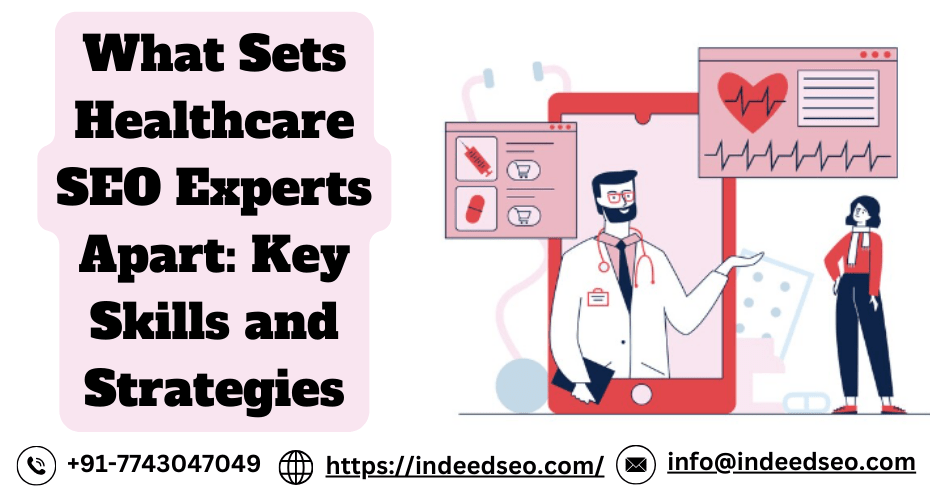In response to rapidly changing workplace needs, many companies launched into scaling up their tech stacks and providing employees with new tools that promised greater efficiency, improved productivity, and a better digital experience. Research shows, however, that 40% of employees and 44% of executives believe that employees are either somewhat or significantly over-provisioned by tech at work. As a result, workplaces now are grappling with an abundance of tools that were poorly matched both to employees’ needs and to specific workplace challenges.
The underlying disconnect is this: companies focused too much on providing new equipment to teams in an attempt to make broad, sweeping improvements in productivity or to accelerate business transformations. In turn, they fell short of providing the right equipment to the right employee at the right time.
Determine benchmarks to prepare for scaling.
Organizations looking to scale and grow need clear markers of success long before they level up their investment in IT systems to prevent too large of an investment or too little preparation. Setting benchmarks is essential. Companies can achieve this step by comparing historical trends based on data instead of guesswork. This must happen alongside real-time data for a full picture of the digital employee experience (that is, each employee’s experience with the tech stack allocated to them—whether good or bad).
Context around certain IT moves and decisions, as well as the impact of those moves on workplace productivity and performance, is crucial for enabling strategic planning. For instance, it’s possible to parcel data into meaningful, informative sets based on the workplace environment (hybrid or remote), the employee experience with the digital tools they need for their roles, and the systems used.
Benchmarks will be critical for growth planning, including any M&A plans on the docket, enterprise-wide system integrations (such as EMR rollouts for healthcare organizations), or widespread software updates. Armed with easily-digestible benchmark data, IT teams can sort out any issues ahead of an influx of talent, system mergers, and digital transformation projects.
In these scenarios, IT leaders can emerge as true business heroes, instead of the old days when the “IT hero” was associated with reactively saving a company from extended downtime. The IT executives’ ability to tie downtime, latency, and systems issues (and more) to the business’s bottom line—based on data-informed calculations—will elevate strategic planning. The monetary value of an organization’s IT health is rapidly increasing as companies look to eliminate redundancies, streamline workflows, and create better digital employee experiences. Up until now, measuring the baseline of IT health—and tying that baseline to a financial tally—has been cumbersome and inefficient. Now, IT leaders can determine the issues affecting productivity through a single dashboard of a digital experience platform, enabling companies to quickly measure the impact of software, hardware, and network issues on workplace productivity, in turn immediately remedying any issues.
To Know More, Read Full Article @ https://ai-techpark.com/cost-if-it-issues/
Read Related Articles:
Effective Machine Identity Management
Maximize your growth potential with the seasoned experts at SalesmarkGlobal, shaping demand performance with strategic wisdom.




